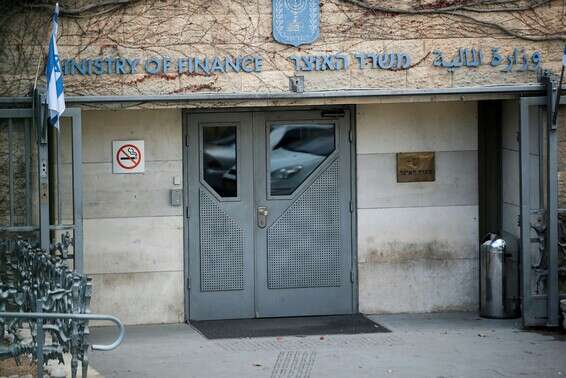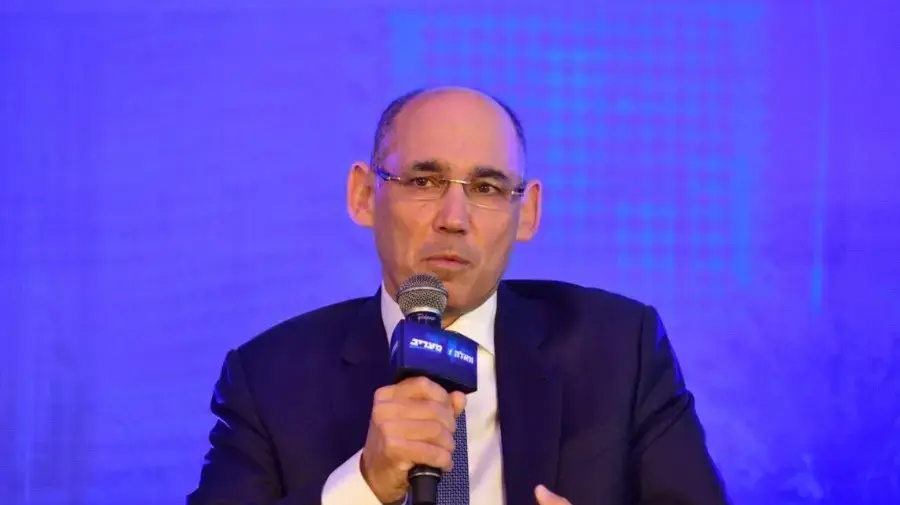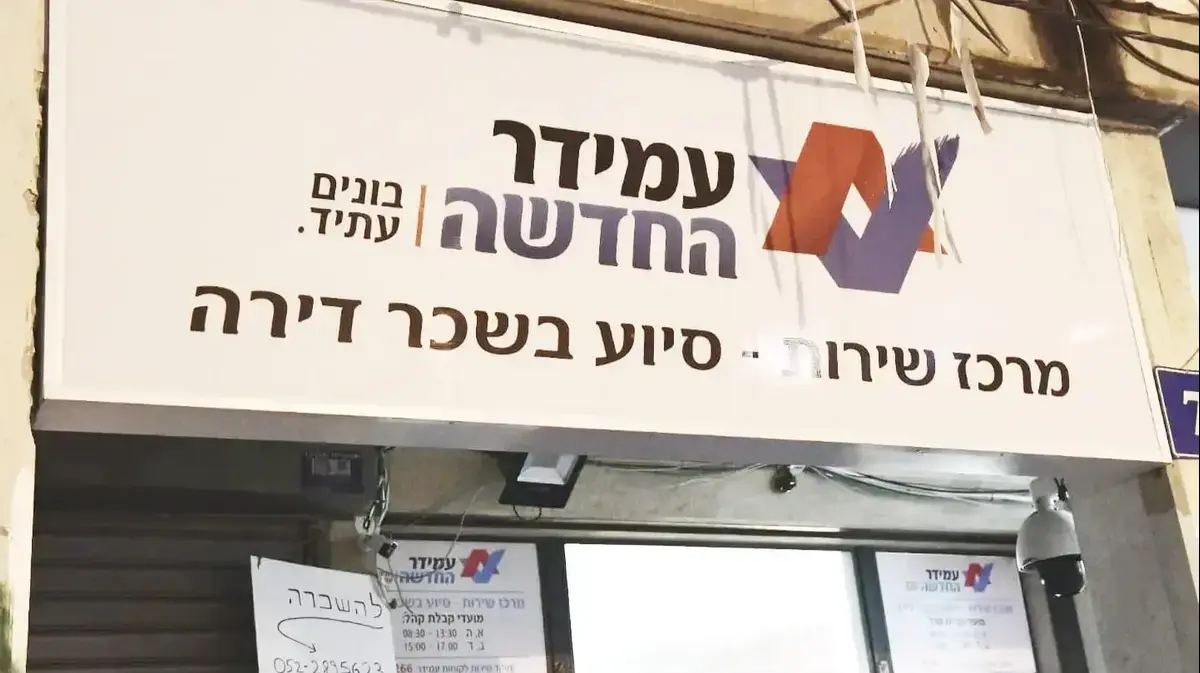The report also warns of deficiencies in the insurance market, including double health insurance and preference for collective policies. • The auditor also points to poor service and low utilization of the potential of the work grant
Illustration
Photography:
Joshua Joseph
The State Comptroller's report published today (Monday) warns of the "wallet companies" from which the state loses a lot of money due to the withdrawal of "dividends". The report also points to a number of shortcomings in the insurance market and the low potential of the work grant.
The auditor points to a phenomenon known for more than 16 years: high-income earners set up companies to inject profits, which they attract in reduced taxation as "dividends."
As a result, the state coffers lose billions of shekels a year.
In the first nine months of 2017, no less than 27,000 companies distributed dividends, totaling NIS 61 billion.
In respect of the distribution of dividends, NIS 15.6 billion (approximately 25%) was transferred to the State Treasury, according to the State Comptroller's examination of the "taxation of undistributed profits."
This is a phenomenon whereby self-employed individuals have begun to prefer to register companies for the purpose of injecting profits into them, so-called "wallet companies". When individuals flow the profits into the company they are in fact exempt from paying tax immediately, as long as they have not withdrawn the funds. Exempt from Social Security payments and health tax in respect of this income, until a regulation has been amended in order to curb the matter.These individuals tend to withdraw these profits as "dividends", which are subject to only 25% tax, unlike ordinary income from hand delivery, which is double taxed.
Unsurprisingly, the auditor's findings indicate that 91% of those who benefited from the dividends from those companies are associated with the top decile, according to the income test.
Which means in fact, had the dividends been withdrawn as salary, the state could have benefited from a double tax rate for the same income.
57% of the dividends were attracted by those associated with the upper echelon - which further reinforces the assumption that the state coffers lose very high tax revenues, due to tax planning, even after various regulations were amended to block loopholes from this tax planning.
The auditor recommends that the Tax Authority and the Ministry of Finance collect and preserve information about those bodies and share the knowledge, in order to prevent such tax planning.
The National Insurance Institute recommends that the auditor, in this context, "include in his audit plan an audit of wallet companies as defined in the Efficiency Law and formulate, in cooperation with the Tax Authority, a procedure for exchanging information on taxpayers and insured persons."
Health insurance market: doubling insurance and preferring "collective" policies
The report also points to the problem of double insurance that is prevalent in the field, with commercial companies selling health insurance that includes cases covered by the health funds and especially by the additional health services (SHBN) insurances.
The report states that "duplication of insurance - the multiplicity of information, the difference in the components of the policies of the insurance companies and the lack of uniformity in the policies make it difficult for the public to examine the degree of overlap between the various insurances."
The auditor's examination shows that more than 90% of the insured in commercial insurance, there are also additional insurances of the health funds and this is in fact the key to doubling the coverage they purchase.
"It is difficult to distinguish between additional insurance coverage that can benefit the insured, and double insurance coverage that is unnecessary and imposes unnecessary costs on the insured," the report said.
According to the auditor, the database of the Capital Market Authority is not complete.
"The Capital Market Authority does not sufficiently carry out material analyzes for the work of the regulator. For example, the Authority does not have complete information regarding the scope of the double insurance and the overlap with the ISA plans, as well as information on the effectiveness of its steps."
The report also shows that insurance companies tend to compensate group policies at twice the rate of private policies. "The reimbursement rate in group policies is more than double that of individual policies (87% compared to an average of 39% for 2009-2018)." The auditor adds that although the authority has identified The low rate of reimbursement in individual policies as a major failure in the field, does not have a quantitative examination of the causes of this gap, including the amounts accumulated in insurance companies. Comparison.
"Work Grant": Poor and prolonged service and low realization of potential
The auditor's report shows that 13 years after the employment incentive program was launched and still only 70% of the target public enjoys it. In 2007 the state began distributing employment incentive grants "work grant", through the tax authority. This grant reached about a quarter of the target population - a figure that has improved significantly so far and reached 70%.
At the same time, the auditor claims that this is still a significant gap from the plan's implementation target.
Among people with disabilities, the utilization rate of this grant was significantly lower: only 2,120 out of 6,000 potentials received the grant in 2018 (only about 35%).
In the first decade of the program, until 2018, NIS 8.6 billion was paid under this grant, and in 2017 the average of this grant was NIS 3,660 per eligible person.
At that time 2.37 million citizens received the grant.
The Tax Authority, on its own initiative, addressed a letter to 2.7 million citizens, stating their potential suitability to accept it.
The auditor negatively indicates the level of service that those entitled and potential to receive the grant receive from the tax authority: the duration of processing the application was 125 days (after which the money was not yet received in their account).
About a third of those who call the PA's call center leave the call before answering, because the average waiting time was 20 minutes (in the years 2018-2019).
The Comptroller also complained about deficiencies that have not been corrected since the previous audit he conducted on the matter 5 years ago: No information leaflets about the grant were distributed to the employment bureaus.
The database of real estate assets of the taxpayers is not available to the Authority, which causes delays in the approval of eligibility. The cause of this defect is the Authority itself which did not update the database under its responsibility. Employees it is very small.









